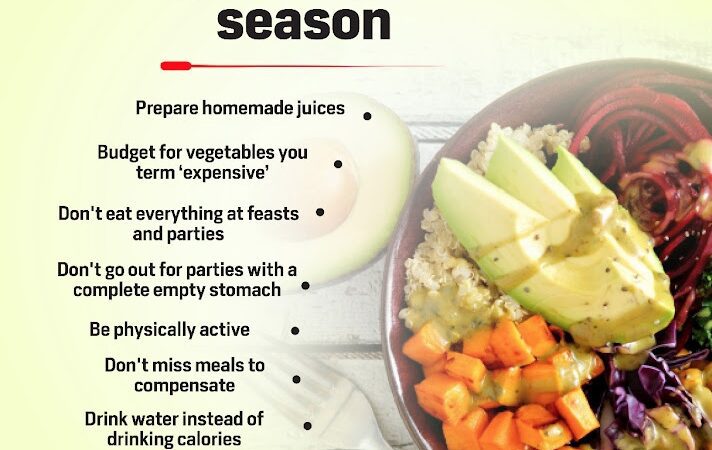It depends partly on whether you value nutrition above enlvironmental goodness
For decades milk has been a white stuff you poured over your cereal or into coffee. Scientifically, it referred to an aqueous solution of fat, sugars, proteins and minerals produced by mammals’ mammary glands, designed to provide their young offspring with essential nutrition.Notwithstanding the pockets of humanity who preferred buffalo, camel or goat milk, it came from cows. The ubiquity of cows’ milk often had unpleasant consequences for the majority of humanity incapable of digesting it, but that was just too bad. The lactose-intolerant learned to drink their coffee black and eat their toast dry.
It has also had unpleasant consequences for the planet. Cows (raised for milk, beef and other products) are responsible for around 65% of the greenhouse-gas emissions of the world’s livestock. The largest share of this comes from methane the animals burp out, which is a more powerful greenhouse gas than carbon dioxide. These days, however, consumers looking for an alternative are spoiled for choice: plant-based milks are everywhere, in more than a dozen varieties. Which is best?
Before ranking plant milks, it’s worth first exploring precisely what they are. Most are made from nuts or seeds, which have a milk-like function—meaning that they contain, just as mothers’ milk does, nutrients essential for the flourishing of the young. The precise milk-making process varies by crop and company, but it usually involves some combination of milling, grinding, soaking, filtering and adding—often sugar or flavourings, or in the case of oat milk, enzymes that turn starches into sugars. Their prominence and ubiquity may be new, but their lineage is ancient: soy milk has been consumed in China for centuries, as has rice milk in Mexico, where it is known as Horchata











